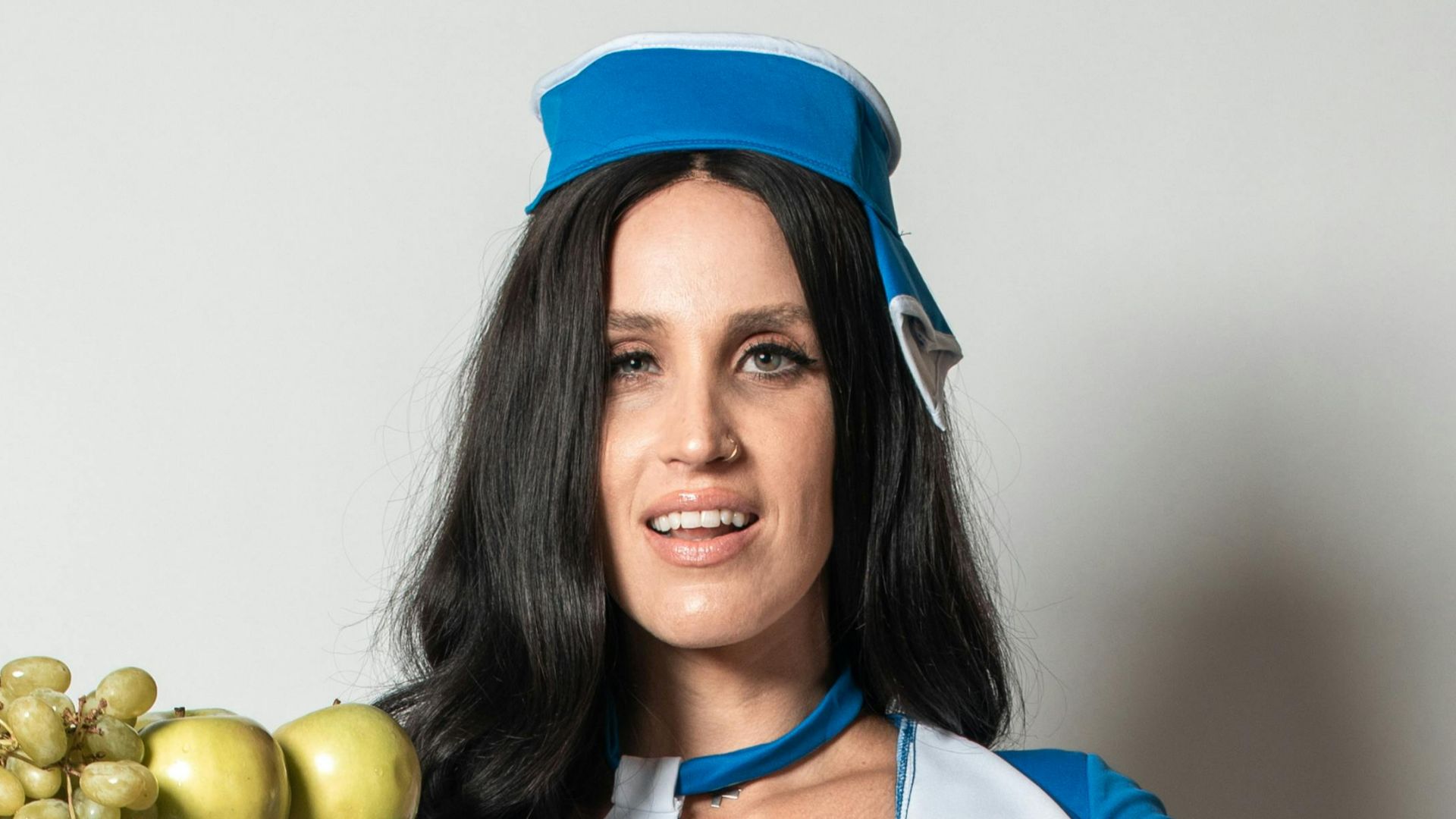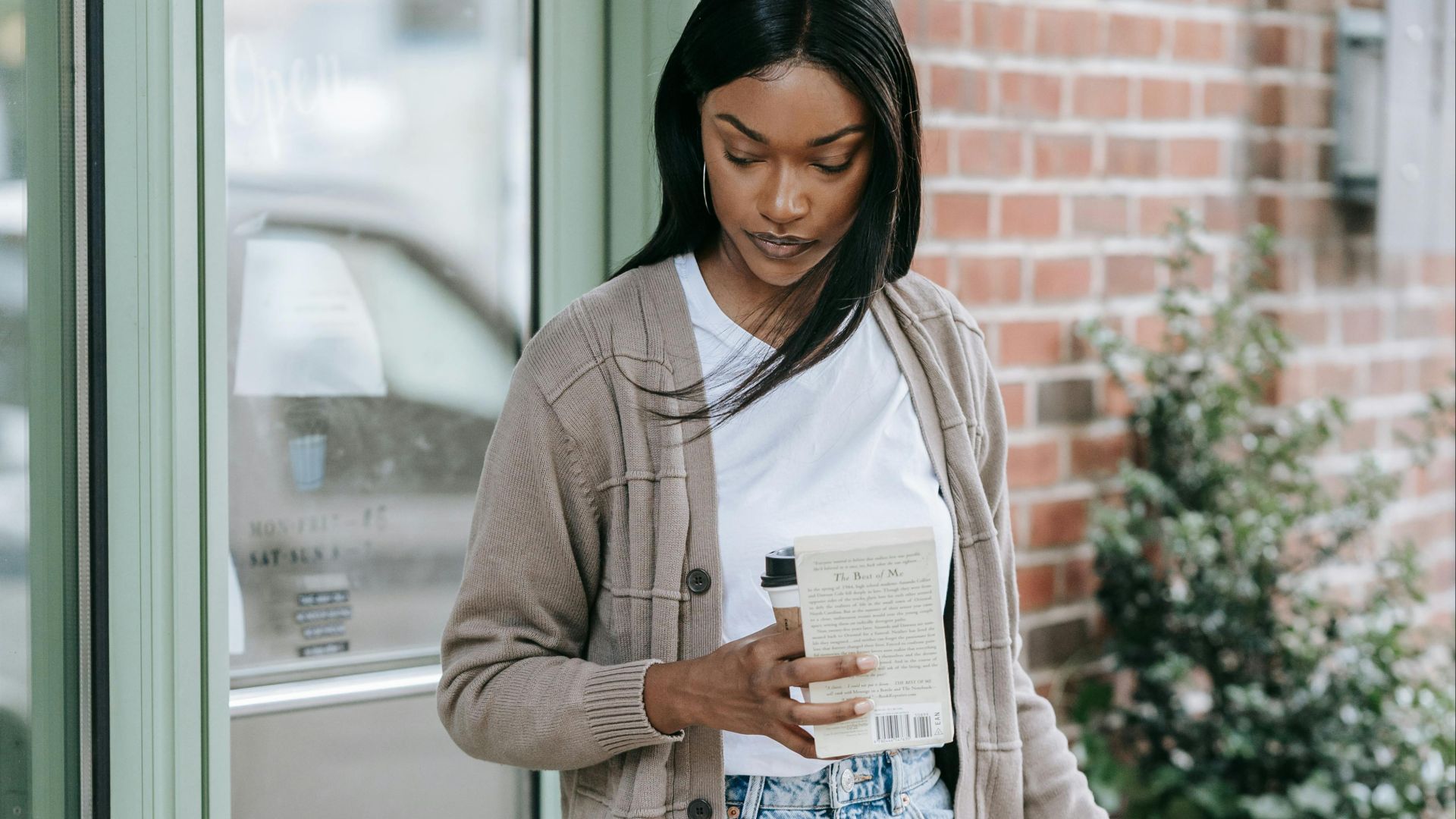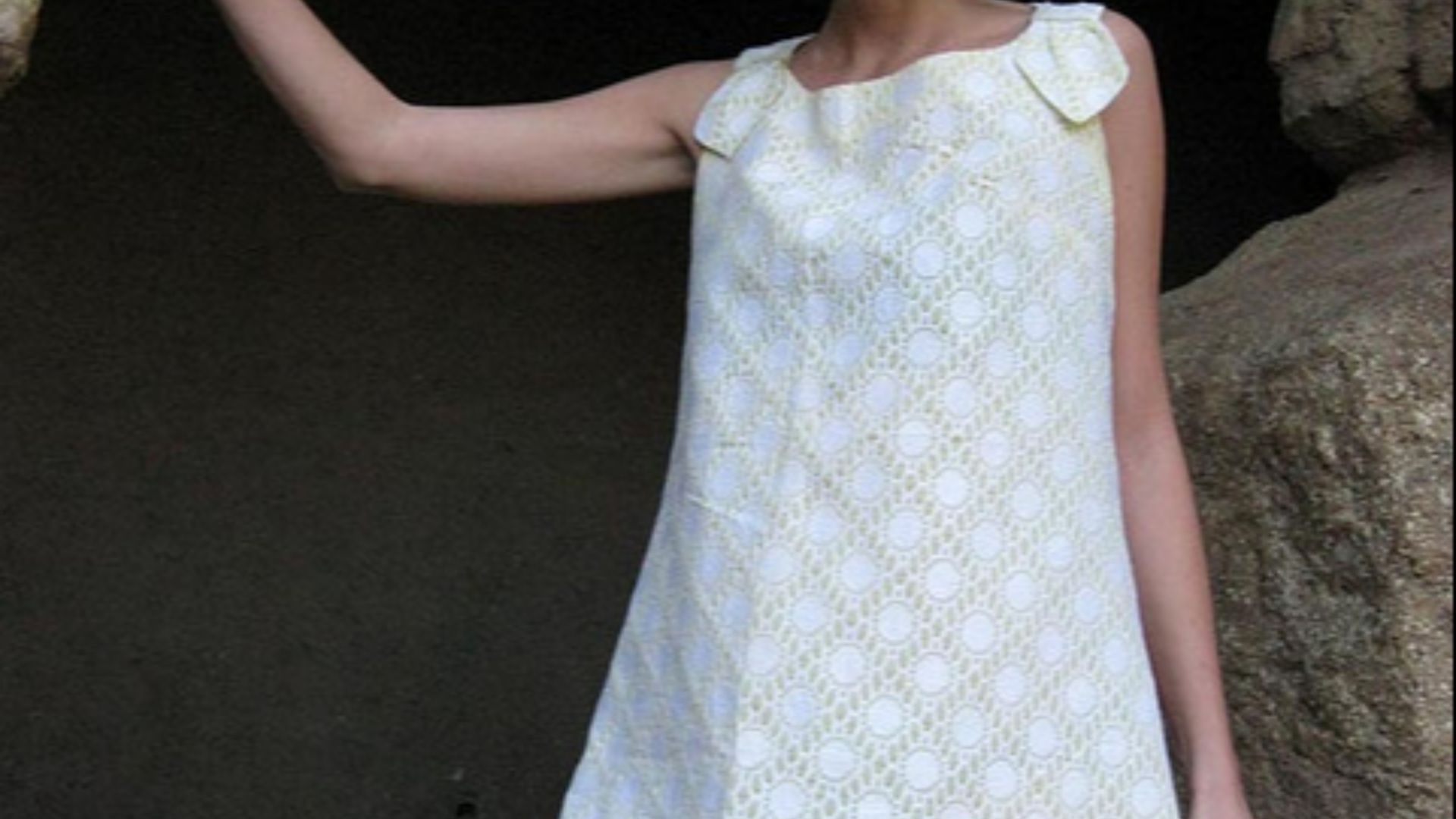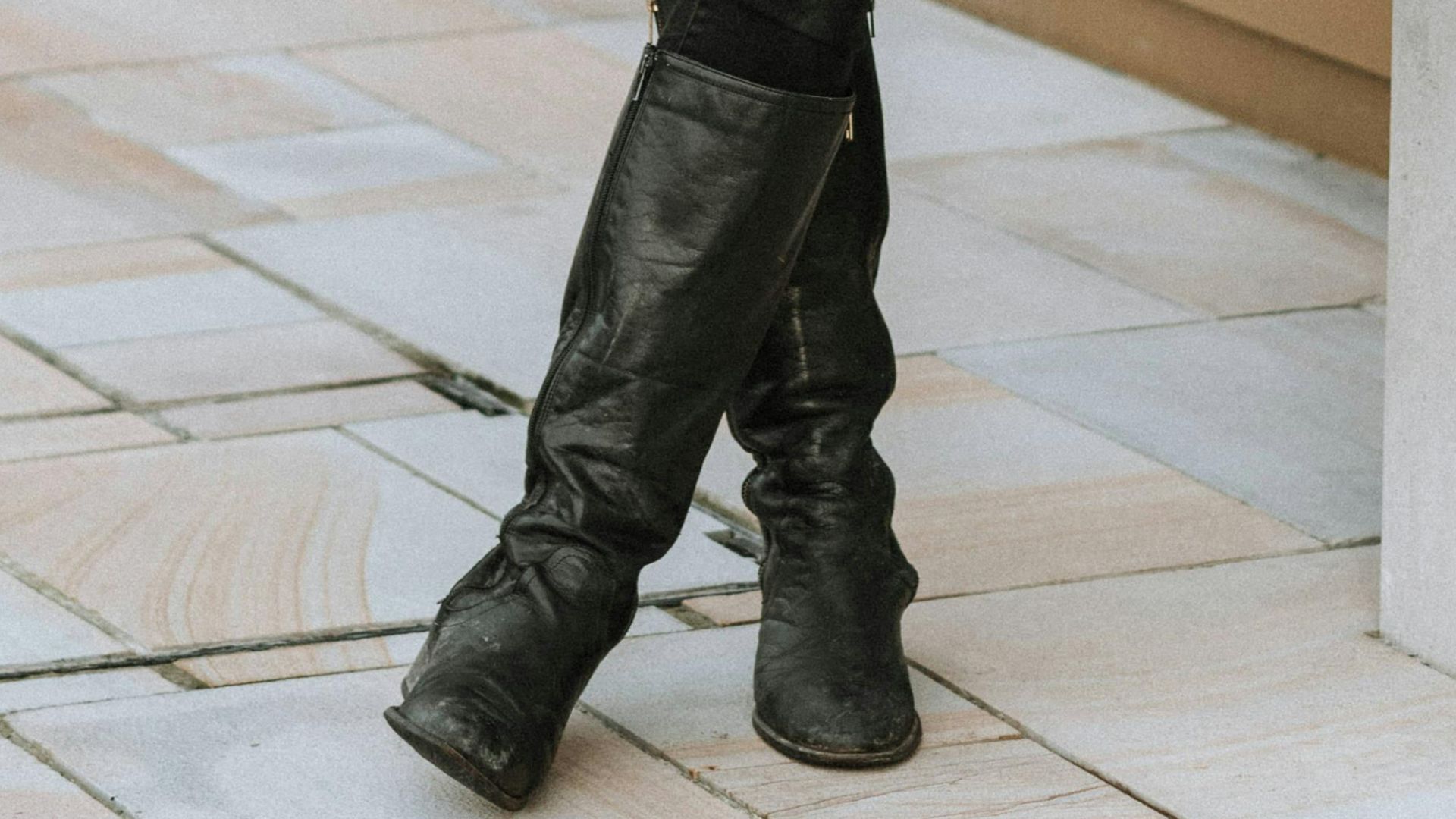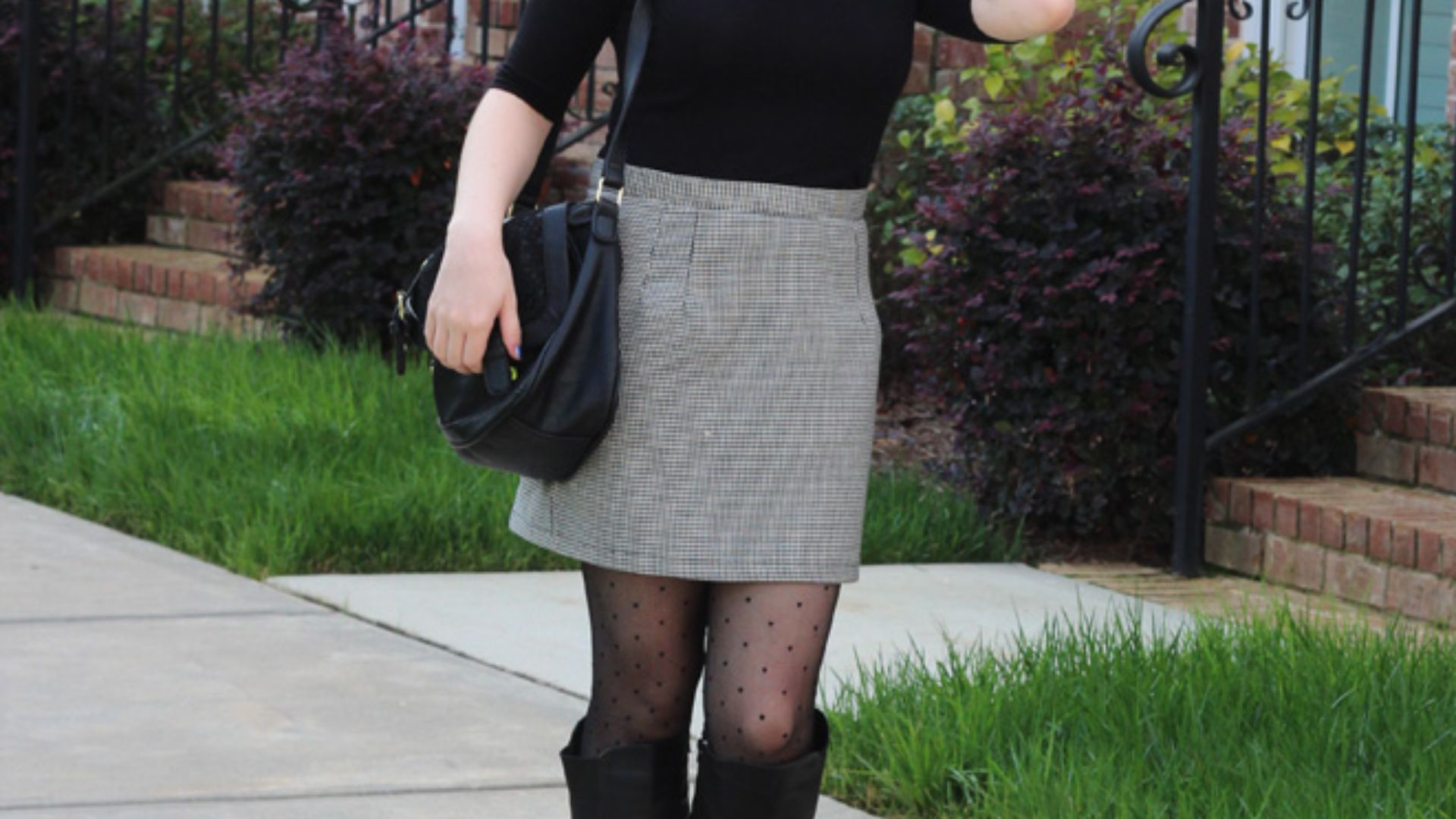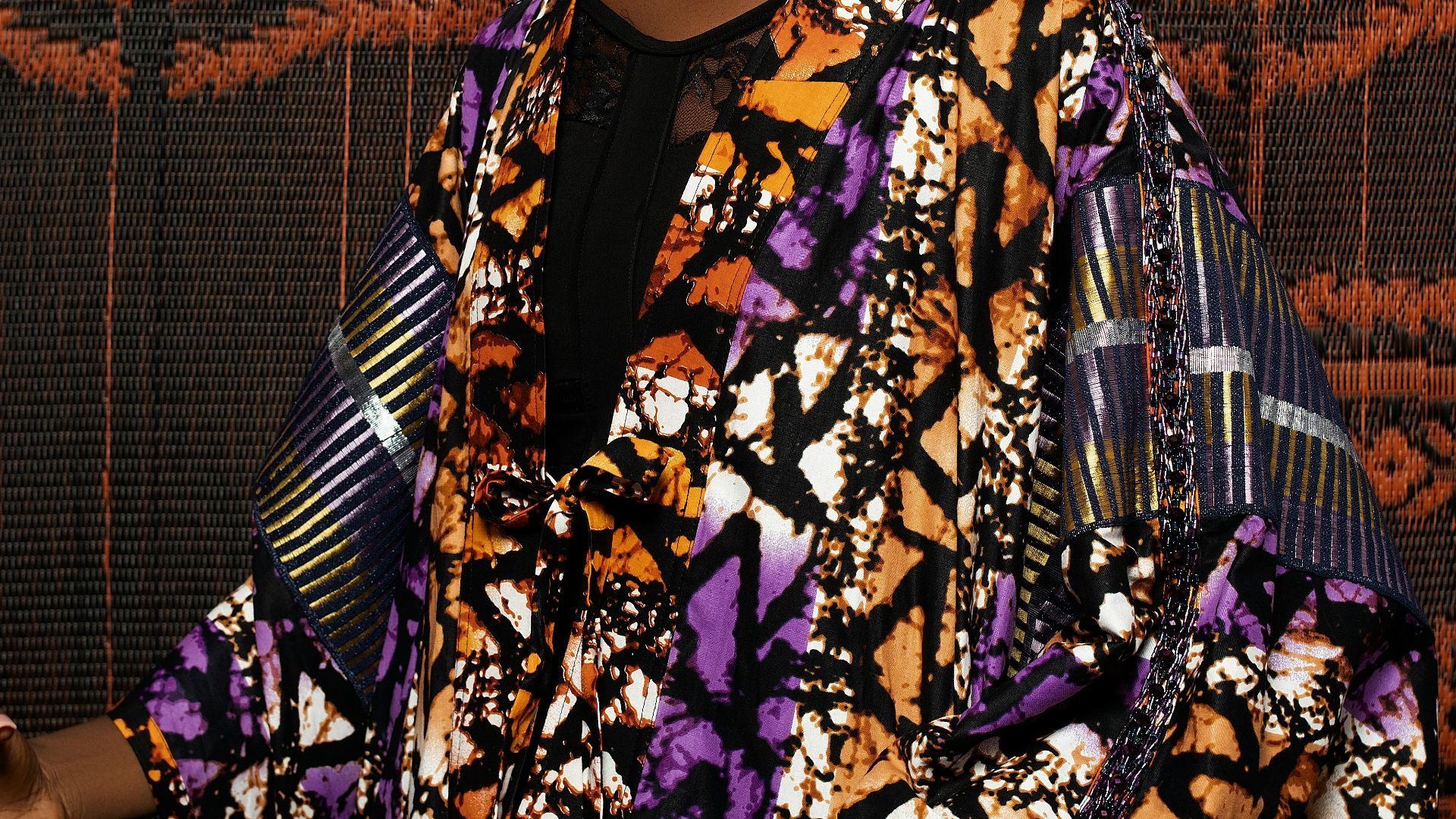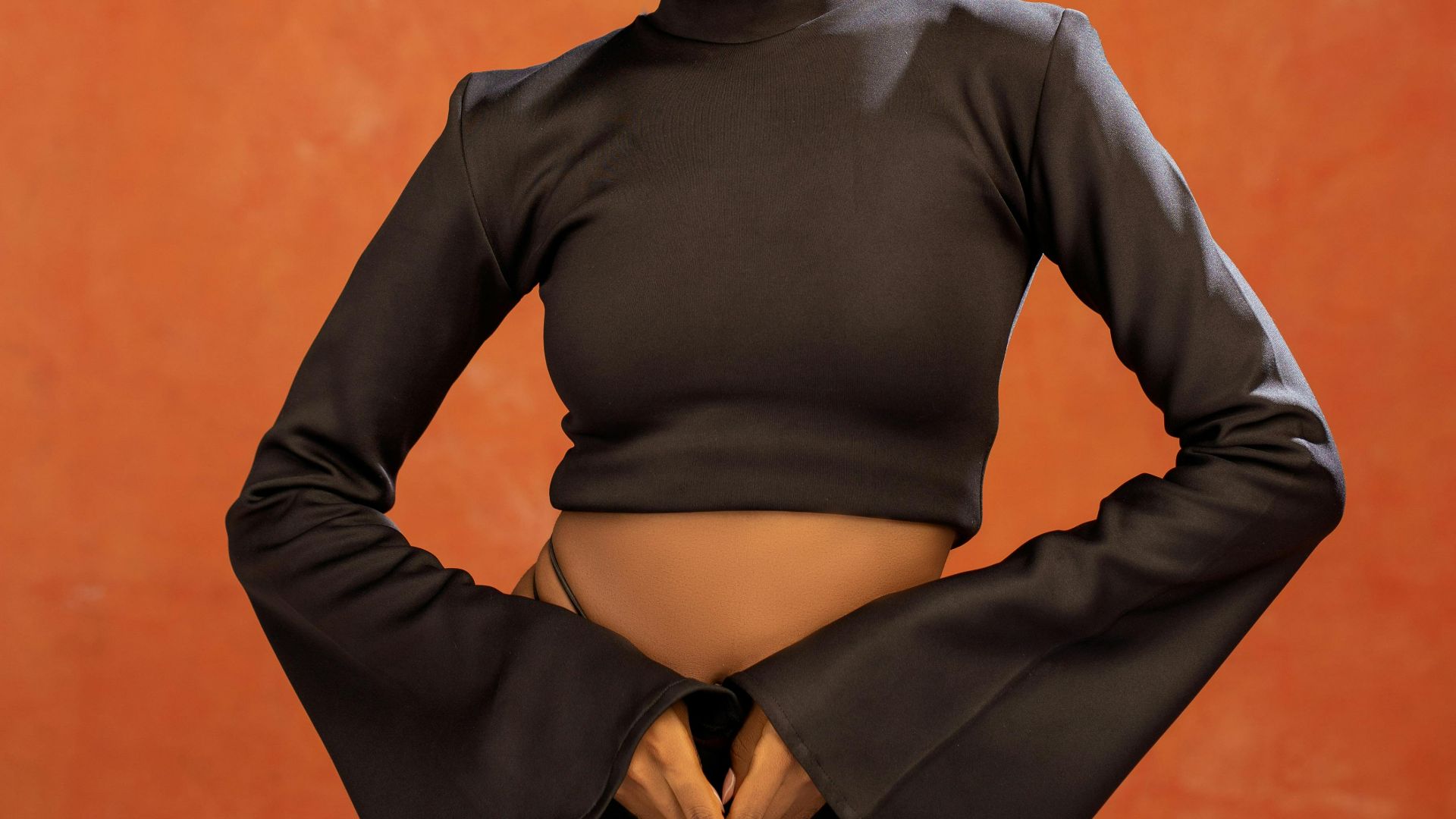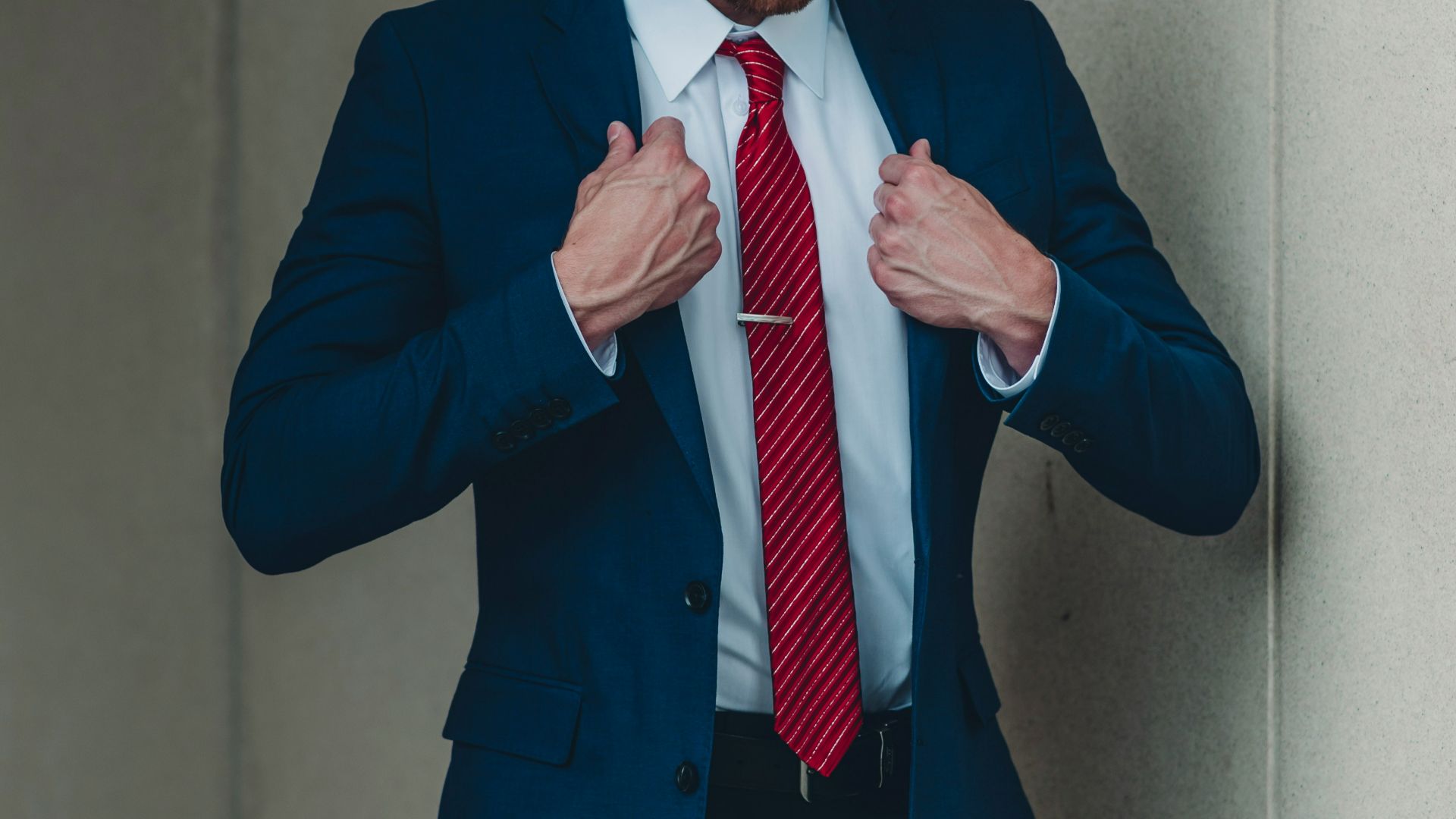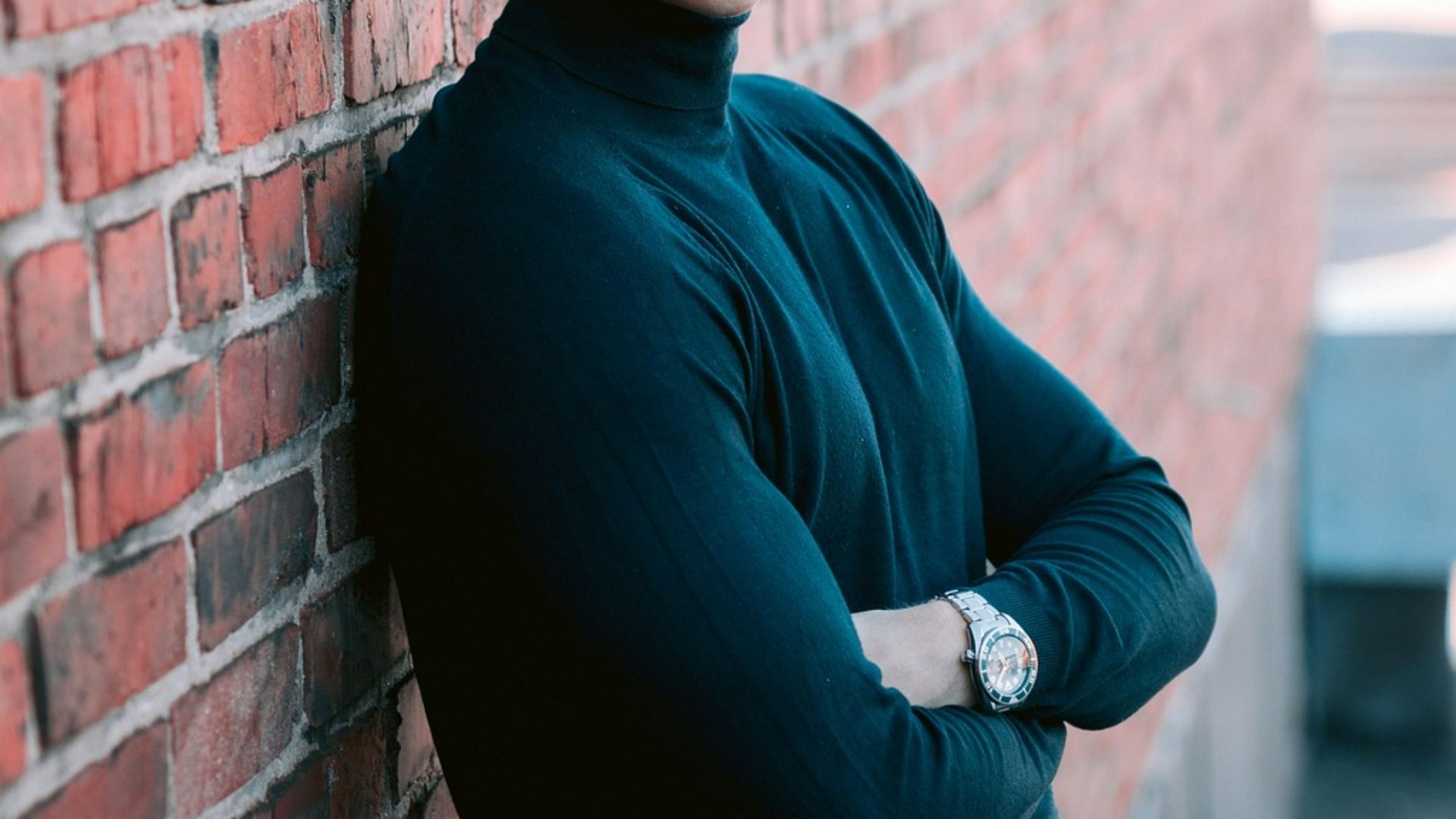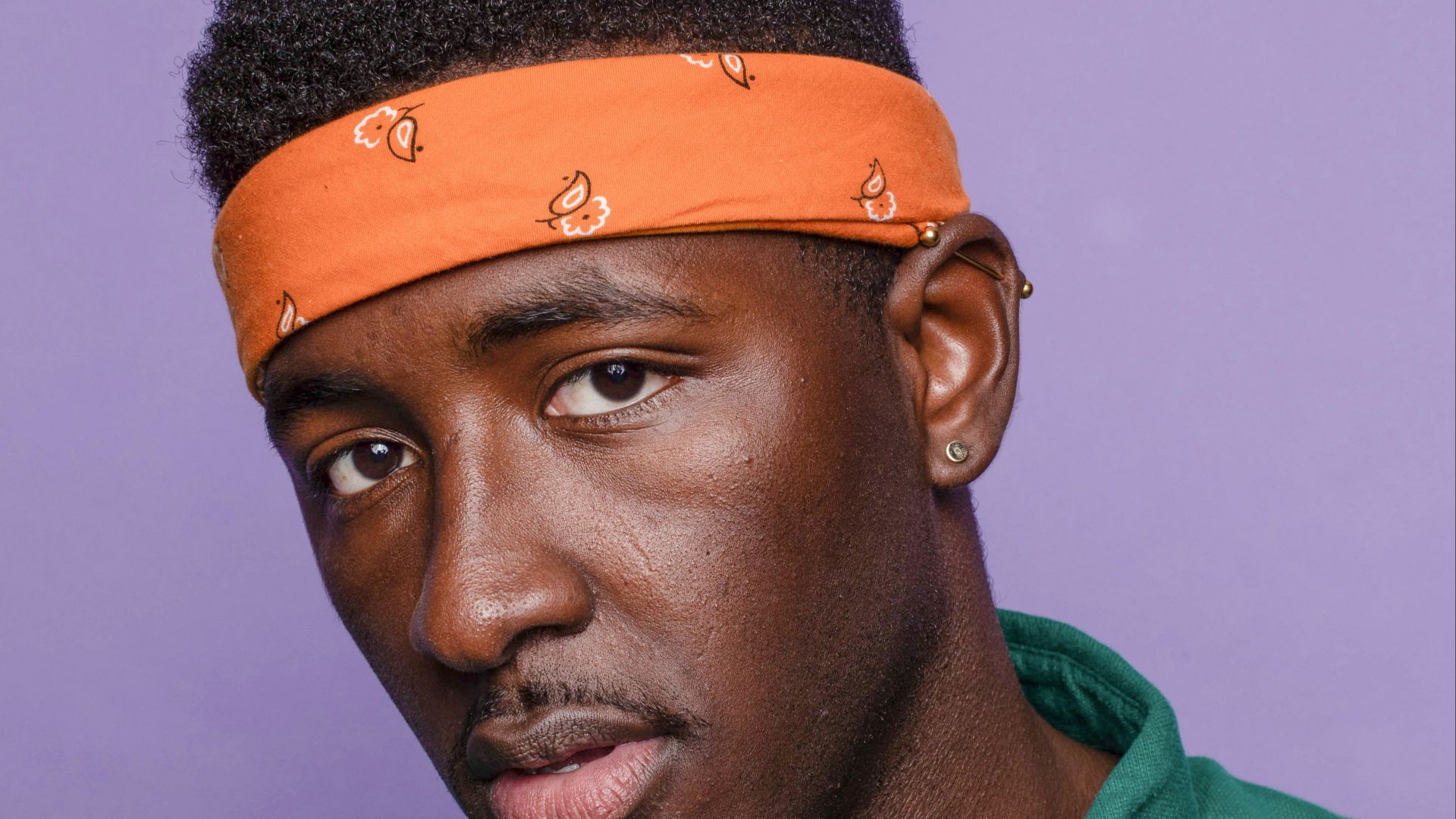Closet Choices That Made Noise
Every generation has its head-turning fashion pieces. In the sixties, women and men wore what they felt—loud, quiet, bold, or clean. Each outfit captured the spirit of a dramatically shifting world and culture. Fashion moved with purpose, and those pieces still echo in a lot of things we wear today! Let's begin with what women flaunted in this decade.
 The National Archives UK on Wikimedia
The National Archives UK on Wikimedia
1. Pillbox Hats
These hats screamed sophistication. Jackie Kennedy made the pillbox hat, which favored clean lines over fuss, iconic in the early '60s. Designed by Halston, these hats balanced structure with grace and sparked a massive demand in department stores nationwide.
2. Twinsets
Ever notice how polished old photos look? Twinsets helped. These matching cardigan-and-shell combos were ladylike essentials for suburban wives and secretaries. Their popularity exploded through TV shows and catalogs, and they became an early '60s marker of coordinated femininity.
3. Full Skirts
Yes, full skirts first found popularity in the '50s, but they stuck around long after that decade. Tea-length or calf-length versions remained a go-to for formal events and weekend wear. They offered modesty and a little drama with every step.
4. Sheath Dresses
Sheath dresses—slim-cut and sleeveless—were powerful and defined the urban career woman. Think Joan Holloway from Mad Men. Designers loved them because they sculpted without shouting. The close-fitting but never-clingy dresses became synonymous with confidence in a changing workforce.
5. Shift Dresses
Why sit down when you could float? The shift dress did just that. It was introduced by designers like Mary Quant and André Courrèges and brought freedom from the waist-cinching past. The dress flattered most figures and nodded to rebellion.
6. Go-Go Boots
You could hear the heels echoing on dance floors before you saw them. They were comfortable enough to move in and bold enough to show off. Go-go boots debuted in 1964. Glossy white and mid-calf, they completed the modern girl's look.
7. Mini Skirts
In 1965, the fashion world was hit by miniskirts, first in Britain, then in other places. Though often credited to Mary Quant, André Courrèges also championed the look. It was both a hemline and a headline.
8. Psychedelic Prints
What happened when fashion met acid rock and Eastern philosophy? Prints exploded. Swirling patterns mirrored the social and musical chaos of the time. Women wore those prints at protests and festivals and challenged everything, even the idea of matching clothes.
9. Bell Sleeves
Bell sleeves borrowed from medieval and Eastern silhouettes. They flared out dramatically from the elbow or shoulder. The sleeves softened rigid tailoring and appeared in both folk and mod designs. This design signaled a shift toward expressive, anti-structure styling.
10. Fringe Vests
Somehow, the fringe adapted from Westerns to Woodstock. Worn by counterculture youth, fringe vests (often suede or leather) echoed Indigenous influences and anti-establishment leanings. Each swaying strand stood in quiet opposition to the stiff suits of mainstream America.
Women weren't the only ones making fashion statements in the sixties. While hemlines rose and prints clashed, men were rewriting the rules in their own way. Let's step into their closets and see what was cool and counterculture for men.
1. Slim Cut Suits
Slim-cut suits, inspired by Italian tailoring, gave men a sleeker silhouette. Narrow lapels and c broke from boxy postwar styles. Hollywood icons like Paul Newman and James Bond set the new professional standard by wearing them.
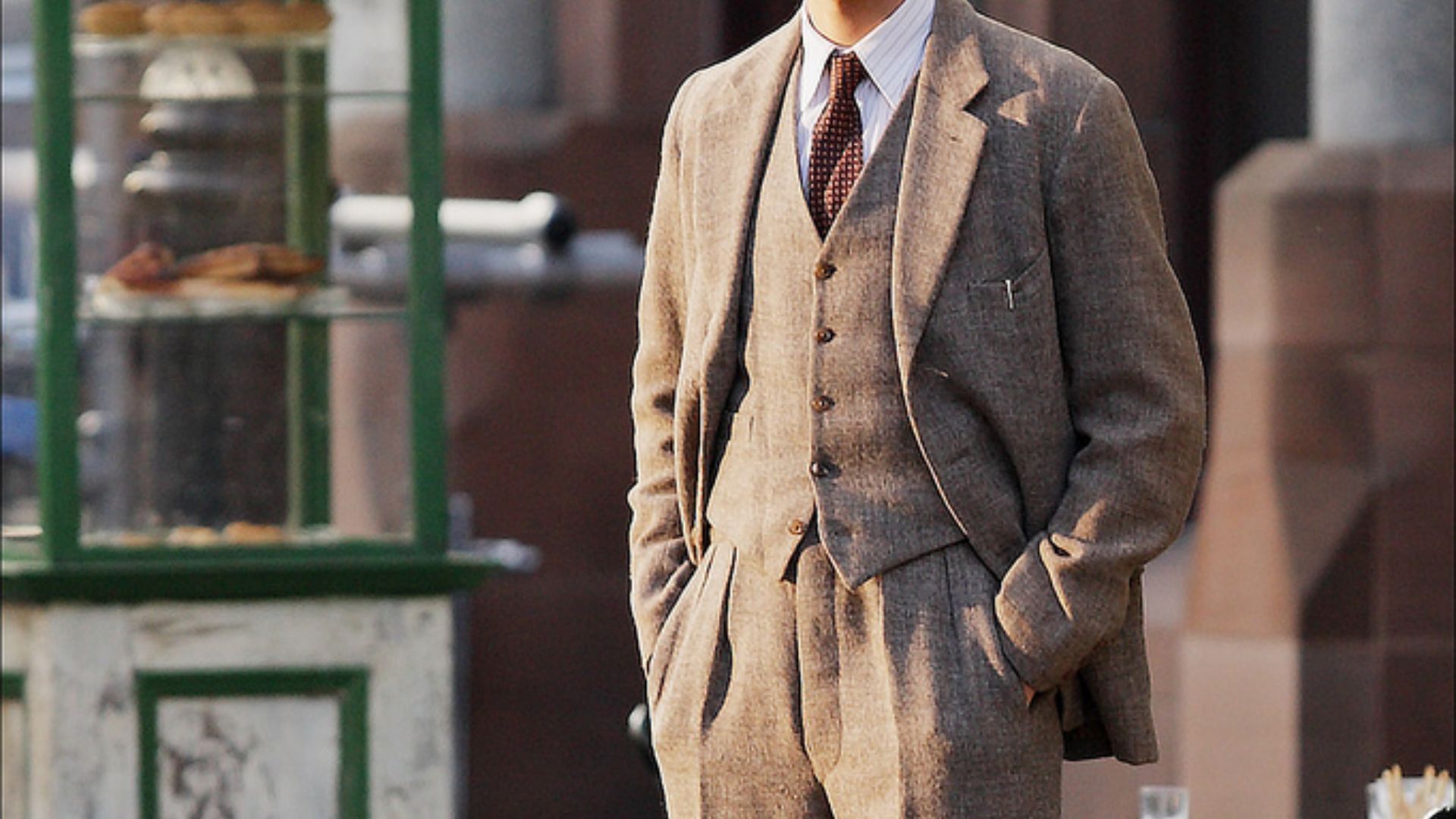 Cliff Donaldson from Belfast, Northern Ireland on Wikimedia
Cliff Donaldson from Belfast, Northern Ireland on Wikimedia
2. Skinny Ties
Not all revolutions were loud, for example, the skinny tie. Often no more than two inches wide, it complemented the sharp tailoring of the era. It was worn by musicians and ad execs alike and suggested minimalism without losing edge.
3. Turtlenecks
Ever spot a guy in a turtleneck and think he's got something to say? In the '60s, that look belonged to poets and left-leaning thinkers. When paired with blazers or worn solo, the turtleneck projected quiet confidence and effortless, intellectual cool.
4. Sweater Vests
Sweater vests found their place in dorm rooms and dinner tables. They were often layered over button-downs. Ivy League influence helped push this soft-spoken classic into mainstream wardrobes. Sweater vests weren't edgy, but they were dependable, especially in argyle or ribbed patterns.
5. Military Jackets
Some clothes become symbols. After the Vietnam protests heated up, surplus military jackets became common on campuses. Men wore them as quiet defiance, a blend of practicality with political stance. The youthfulness and oversized design of military jackets made them perfect for layering.
6. Striped Trousers
As for striped trousers, they were narrow through the leg and gained traction in mod scenes across London and New York. They gave men rhythm and flash without requiring full color. These trousers looked even more appealing with Chelsea boots and blazers.
7. Leather Jackets
It wasn't just the jacket but the attitude. Leather jackets carried over from the '50s, but in the '60s, they found a new edge among musicians and anti-establishment youth. Worn in, rumpled, and effortlessly cool, leather jackets felt like armor in uncertain times.
8. Paisley Shirts
Patterns mattered, and Paisley led the charge. It had roots in Persian design and arrived via the British Invasion. The Beatles wore it. So did college boys chasing something less clean-cut. Those swirling prints reflected cultural fusion and psych-rock.
9. Headbands
Headbands became essential for men with long hair by the end of the decade. They held back uncut locks and symbolized rebellion. Inspired by Native American aesthetics and yoga culture, those headbands were often homemade and expressive.
10. Bell Bottoms
Before they were disco staples, bell bottoms were a late '60s counterculture call. Those pants and jeans flared from the knee and rejected the stiffness of early-decade tailoring. Surfers, artists, and draft dodgers all wore them. Bell Bottoms made denim political, flowing with freedom.


